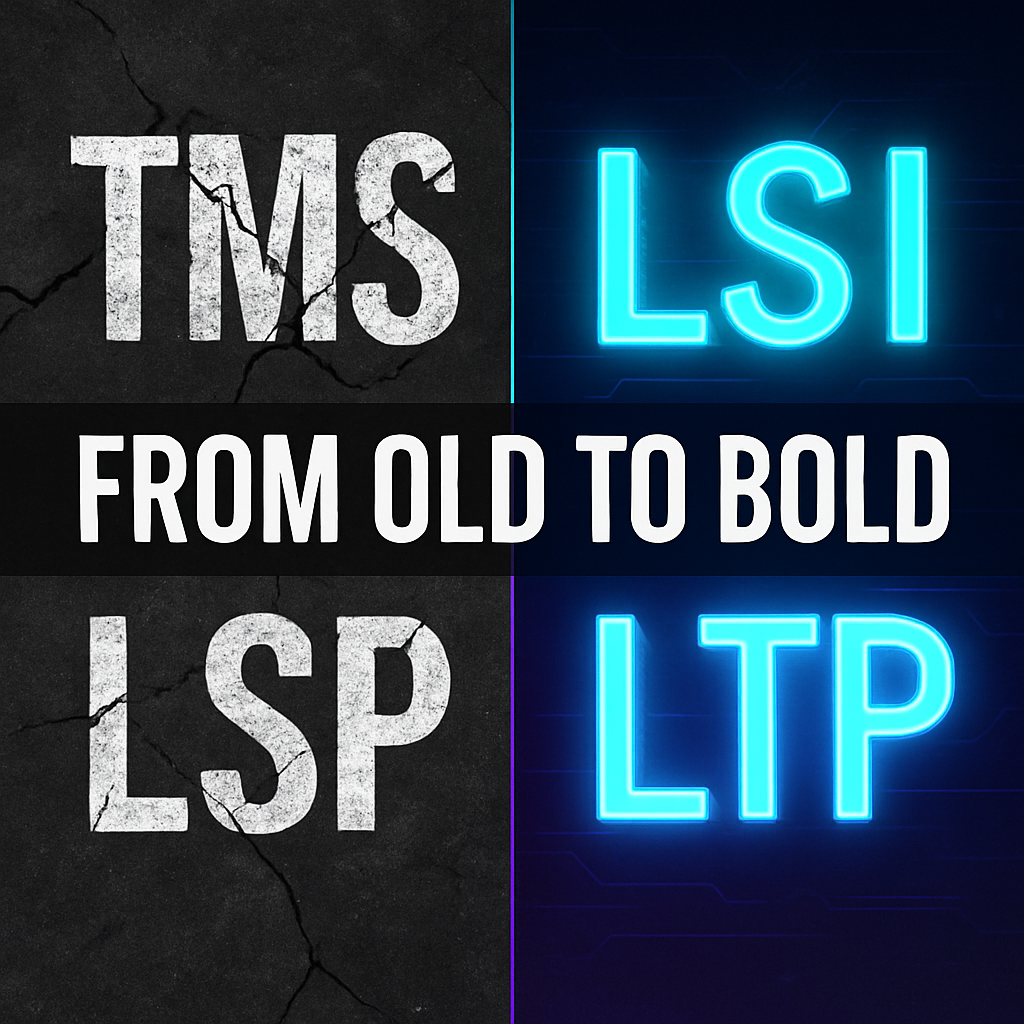Learning management systems translation is easy to overlook when you’re first starting out, which can create problems later on. It may seem easy to translate your company-specific information into major languages, but it’s not as simple as your company becomes more globalized and you look to incorporate more diverse language options. By evaluating specific features of your LMS early on, you’ll ensure your system can manage international onboarding of all employees and not just those in major markets.
Evaluate Your Learning Management System’s Translation Potential
You’ll need to evaluate the potential of your existing learning management system. While many of these systems come with their own set of languages for various markets, it’s unlikely to be an exhaustive list. What you’ll probably find is that your program supports most standard languages, such as English, Spanish, and French—with less representation for regional dialects.You need to do an audit of your LMS and your workforce to determine what you have and what you need.
This starts with mapping and delivering user language preference through your human resources information system. If user language preference is a fundamental datapoint and your LMS can link to your HRIS, much of the work will be seamless and efficient.Are you fully prepared to manage elearning localization?
Lean on the experts.If that’s not a possibility, then you’ll likely want an LMS that allows you to set language preferences at the user profile level so it will default to the proper language during international training. This is a bit more involved and time-consuming. Having the language preference in the system will allow the proper delivery of the main user experience. This default status should also carry over to content, where the various learning material is presented in the proper language.
When you can’t set the user preference, the employee is probably going to struggle to hunt down all the content that applies to them. That’s why the LMS must support a default language preference.Another important component is the fallback.
When the specific language isn’t available, what’s delivered instead? For example, if your user is set to Ukrainian, but the material isn’t available, is it going to fall back to English, or is it going to fall back to a language that’s closer to their own, like Russian? Ideally, you’re working with a system that is capable of doing what’s best for the user.
Finally, you’ll need to review catalog content. Today’s learning management systems are much more robust than in the past as they may support a learning experience platform where a wide variety of content is available. However, all that content is rarely accessible across all the various language offerings.
You must be very granular about your analysis during the purchase stage. You can do this by either auditing the catalog to locate the language versions you need or clearly outlining your expectations to the platform provider. Specifically, you must make it clear that you expect the translated content to either be available in all languages or be translated at the platform provider’s expense.
Making Your Own Learning Experience
If you use a program like Storyline to create localized elearning content, who is going to be responsible for ensuring that gets uploaded into the LMS?
It might sound as easy as adding a file, but you have to think of all the companion material that goes along with the program. If the person who uploads the content to the library doesn’t do it exactly right, even the most complex LMS will fail.
Updates could create another issue. Training protocols will change over time, and the content may differ significantly based on language as only some content will be updated while other content will need to wait.
Tracking is an absolute must so that you know exactly when versions were updated and which ones require alignment. The LMS will play a vital role in your ability to track that content.Not all learning management systems translation is simple. You may find as you move to more markets that your LMS does not support these additions. That’s why it’s so vital to choose the right LMS to begin with so you can easily expand your language offerings and support your growing workforce.
Unlock the power of glocalization with our Translation Management System.
Unlock the power of
with our Translation Management System.
















.avif)









.png)